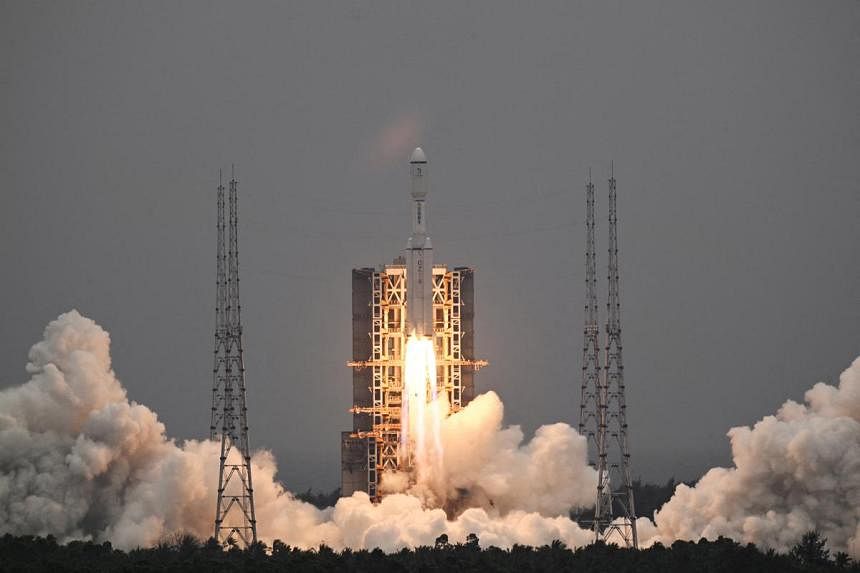BEIJING – China National Space Administration (CNSA) said on April 12 its launch of a key signal relay satellite is a “complete success” and it will serve as the communication bridge for its future lunar probe missions for years to come.
The satellite Queqiao-2, named after a mythological bridge made of magpies, and two miniature satellites, Tiandu-1 and Tiandu-2, were launched on March 20.
Queqiao-2 will be used as a communication bridge between ground operations on Earth and upcoming missions on the far side of the moon until at least 2030.
The moon’s near side always faces Earth. That means data transfers from the far side are impossible because there is no direct line of sight.
Queqiao-2 researcher and developer Xiong Liang described the satellite as “the main switch” of the whole fourth phase of lunar missions, according to state television CCTV.
“Only when the main switch is flipped on, all the communication can kick off,” he added.
Queqiao-2 will orbit the moon and relay signals to and from the Chang’e-6 mission, which is expected to be launched in May.
The robotic Chang’e-6 probe will seek to retrieve samples from an ancient basin, acquiring material from the moon’s hidden side for the first time.
Queqiao-2 will also be used as a relay platform for the Chang’e-7 mission in 2026 and the Chang’e-8 one in 2028.
The functions and performance of Queqiao-2 met mission requirements and it will be able to support future missions for the country and other nations, noted CNSA.
Queqiao-2 entered its targeted elliptical orbit on April 2 after a correction midway, near-moon braking and orbital manoeuvre around the moon, CNSA said.
The satellite has communicated with Chang’e 4, which was the first spacecraft to perform a soft landing on the far side of the moon and is still carrying out its exploration mission.
It also communicated with the Chang’e-6 probe earlier this month. REUTERS

